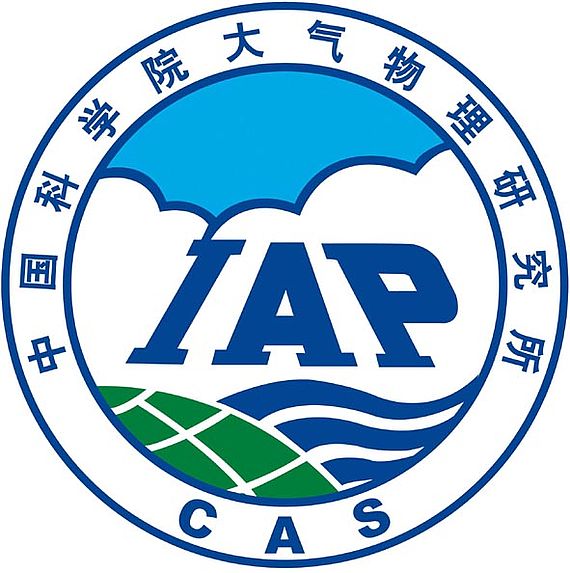The carbon and nitrogen cycling group in IAP-CAS
The Institute of Atmospheric Physics, Chinese Academy of Sciences (IAP-CAS), was established in 1966. IAP-CAS mainly engages in the research of numerical weather forecast, air pollution forecast, climate dynamics and climate prediction, satellite meteorology, the urban and regional air pollution, the biosphere-atmosphere matter exchanges and their effects on the environment and climate.
IAP-CAS started the study of CH4 emissions from rice paddies in the mid-1980s. A group of scientists with the backgrounds of atmospheric science, soil science, biogeochemistry, and hydrology works together since then, and gradually formed a carbon (C) and nitrogen (N) cycling research group with the collaboration over three decades. The group expanded their research areas from CH4 emissions from paddy fields to soil C and N transformations and biosphere-atmosphere matter and energy exchanges in terrestrial ecosystems.
The research highlights of the group include:
a) the development of automated static chamber systems for high-frequency and continuous measurements of CH4, N2O and CO2 fluxes with gas chromatography and off-axis integrated cavity output spectrometer techniques;
b) the application of isotope pool dilution, isotope tracer, and gas-flow-soil-core techniques to quantify the soil N turnover rates and gaseous N loss potentials;
c) the establishment of a hydro-biogeochemical catchment model CNMM-DNDC (Catchment Nutrients Management Model - DeNitrification-DeComposition Model) by incorporating the core biogeochemical processes of the DNDC model into the spatially distributed hydrologic framework of the CNMM model.
IAP-CAS and IMK-IFU, Karlsruhe Institute of Technology, have been collaborating since 1986, when the first joint research program on CH4 emissions from rice paddies in China was started. Since then, both institutions have established continuous and good cooperative relations. Now the two institutes jointly coordinate the NIFROCLIM project and collaborate closely on the research of permafrost N cycling and N climate feedbacks.




